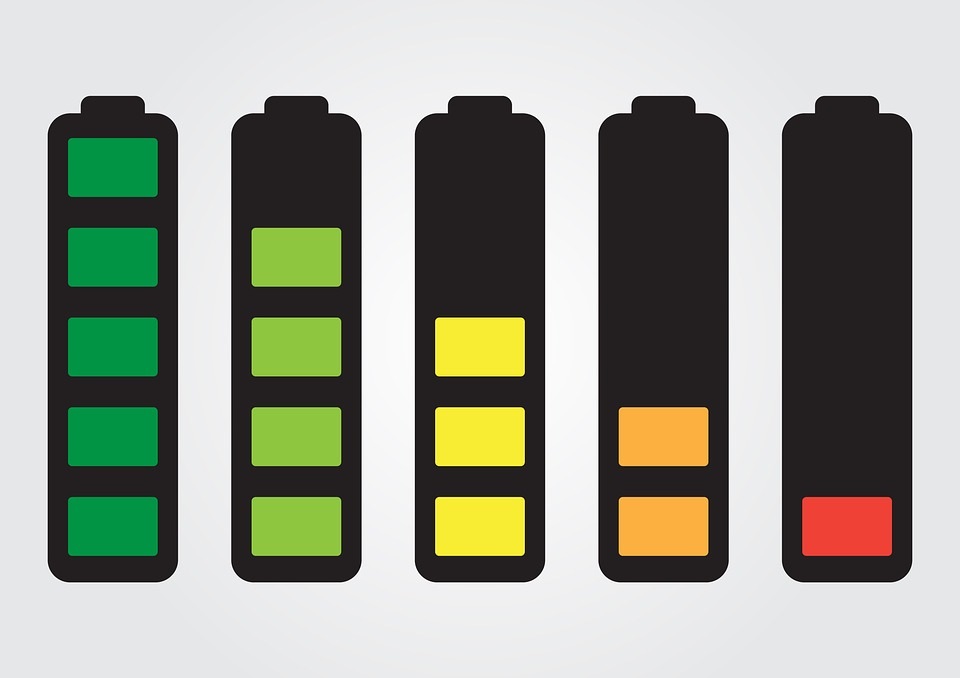How to Use NiCd and NiMH Rechargeable Batteries
Do you own a rechargeable drill or screwdriver at home? Then pay special attention on how to properly store and care for the batteries inside these tools and how to make them last longer. Here are 15 tips to find out what temperatures the batteries should be stored, how to properly charge them, and how to prevent them from losing capacity.

Tips and Advice for Properly Handling Rechargeable Batteries
- Use only batteries made specifically for your device, and always pay attention to the correct polarity (plus and minus) when connecting them. To help avoid short circuits, do not leave the battery in humid environments or in the rain.
- Use only the original chargers or power sources to recharge the batteries. Using third-party sources can permanently damage the batteries.
Recommended Battery Storage - We recommend storing both NiCd and NiMH batteries at room temperature in a dry environment. Do not try to keep the NiCd batteries in a discharged state, as opposed to NiMH batteries.
- Charge NiCd batteries right before using them. Always use the appropriate (best being the original) charger. New batteries, after long-term storage, reach full capacity after several charging and discharging.
- If you have the option, try to charge the battery (14-16 hours) use normal charging (14-16 hours) for the first cycle after long-term storage with a current corresponding to one-tenth of the nominal capacity.
- Before charging, make sure the battery temperature is set to room temperature. Charging at temperatures below 15°C and above 30°C will result in a decrease in capacity in the next charging cycle.
 Battery Life and Capacity
Battery Life and Capacity - With normal use, NiCd battery life is about 1000 recharging cycles, and for NiMH rechargeable batteries their recharge time is estimated at 500 cycles.
- There is a self-discharge during battery storage. At room temperature, this self-discharge is approximately 30% of the capacity per month. Increasing temperature, of course, increases the discharging rate.
- When repairing a faulty battery always replace the entire battery pack (only if it is user-friendly) so that the batteries are from the same production line. For example, replacing only one cell or part of the battery is not appropriate.
Safe Handling of Batteries - The battery soldering is not suitable under any circumstances. There is a risk of damage to the safety valve. Only solder batteries with soldering flaps.
- Do not force open the battery, do not force it mechanically, throw it into the fire, or expose it to high temperatures. Do not dispose non-functioning batteries in regular waste at home, but in special electrical waste bins.
- There are many variants of batteries. They are most commonly manufactured in high-temperature applications, for large take-up currents, for continuous charging with increased capacity, etc. When purchasing batteries, consider the appropriate type of battery for your intended use.
Charging the Batteries - We do not recommend leaving batteries connected to a power source once they are fully charged. Battery overcharging may occur, which causes the battery life and capacity to decrease. Often, this phenomenon is confused with the so-called "memory effect," but this doesy is virtually absent.
- If you have several batteries in one set, observe the final discharging voltage of 1 V per cell. At lower voltage, the polarity of one of the cells could be rotated. This causes leakage of the electrolyte in the battery, resulting in a permanent reduction in the capacity of the whole set. This phenomenon is most common with mobile phones (the phone itself shuts off despite power and can be used again in a few minutes).
- To charge the batteries and rechargeable batteries, always use the appropriate type of charger. Those charged with temperature monitoring (this is ensured by the thermistor inside the battery or the "ΔT / Δt" method) or by monitoring the voltage drop at the end of the charging process ("-DV" or "d2V / dt2") can be used only partially discharged batteries. Thanks to this, it can be charged without affecting the life cycle or capacity in the next cycle. In contrast, rechargeable batteries that are only partially discharged and charged using one of the above methods, have a significantly longer service life than batteries that discharge 100%.
Finally, a short reminder. Store NiCd batteries in a charged, NiMH battery in the charged state, at room temperature. When inserting the battery into the device, be sure to check the correct polarity, do not let the charged batteries overload the charger, charge the original charger and do not recharge the batteries.
